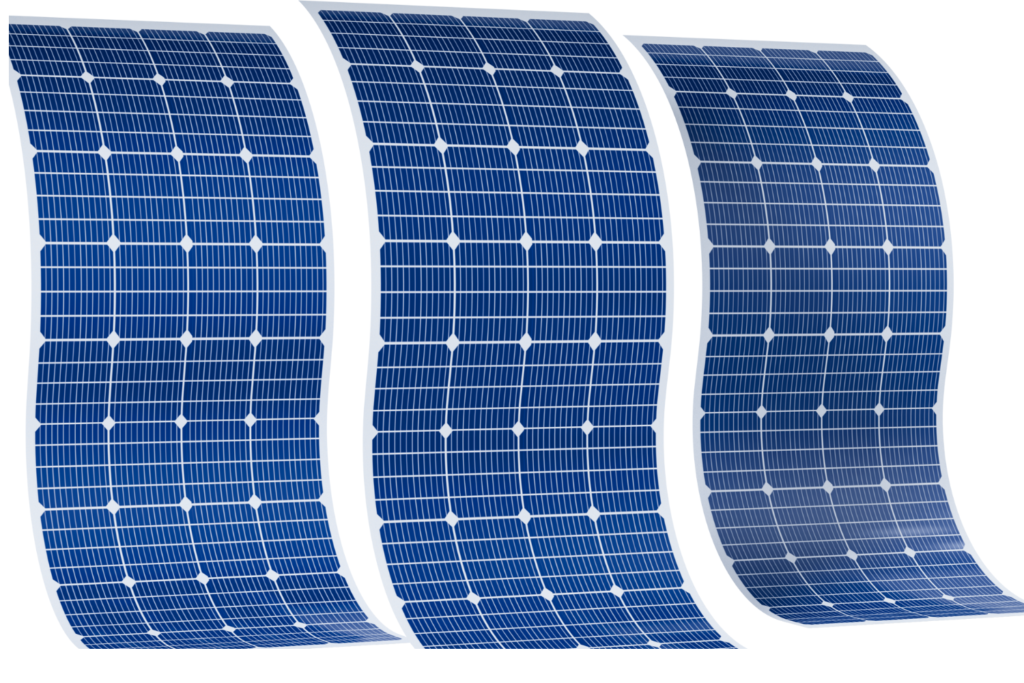One of the most exciting developments in this field is the innovative use of solar plastic films, which promise to revolutionize how we harness and utilize the power of the sun. These thin and flexible films, coated with solar-active materials, hold the potential to reshape the future of solar energy in ways we could only imagine a few years ago. Now we are going to explore Shaping the Future of Solar Energy by Advancements in Solar Plastic Films.
Let’s explore the advancements, benefits, challenges, and the promising future of solar plastic films. In a world where the pursuit of sustainable energy sources is more critical than ever, solar energy has emerged as a front-runner in the race to combat climate change.
As traditional solar panels continue to pave the way for clean energy, researchers and engineers are constantly seeking ways to improve their efficiency, affordability, and versatility. This has led to the emergence of solar plastic films, a groundbreaking technology that has caught the attention of the scientific community and industry leaders alike.
Understanding Solar Plastic Films
Solar plastic films, often referred to as photovoltaic films or solar membranes, are thin sheets made from flexible materials such as polymers or plastics.

These films are coated with advanced photovoltaic materials that enable them to convert sunlight directly into electricity. Unlike traditional solar panels, which are rigid and bulky, solar plastic films are lightweight, durable, and can be easily integrated into various surfaces.
Advantages of Solar Plastic Films
The adoption of solar plastic films brings forth a myriad of advantages. Firstly, their flexibility allows for unconventional applications, such as incorporating them into architectural designs, clothing, and even consumer electronics. Secondly, their lightweight nature reduces installation costs and opens up possibilities for retrofitting existing structures with solar capabilities. Moreover, solar plastic films can generate electricity even in low-light conditions, making them more efficient in diverse environments.

Challenges and Solutions
Despite their potential, solar plastic films face challenges such as lower efficiency compared to traditional solar panels and the need for cost-effective manufacturing processes. Researchers are actively working on improving the efficiency of solar plastic films through innovative materials and designs. Additionally, advancements in manufacturing technologies are steadily driving down production costs.
Innovative Applications
Solar plastic films are not confined to the realm of traditional solar panels. They can be integrated into various products and structures, from solar-powered tents for outdoor enthusiasts to energy-generating windows in smart buildings. These films are turning everyday surfaces into potential sources of clean and renewable energy.
Environmental Impact
The shift towards solar plastic films contributes significantly to reducing the carbon footprint associated with energy production. By harnessing solar energy with innovative materials, we can decrease reliance on fossil fuels and lower greenhouse gas emissions.
Research and Development
Research and development efforts in the field of solar plastic films are ongoing. Scientists are exploring new materials, improving energy conversion efficiency, and finding ways to scale up production while maintaining affordability. This dynamic environment is driving rapid advancements in the technology.
Investment and Market Trends
The growing interest in renewable energy solutions has spurred investments in solar plastic film technology. As manufacturing processes become more streamlined and efficient, the cost of production is expected to decrease further, making these films more competitive in the market.
Following companies along their Headquarters countries are investing and growing the solar thin films:
| Company | Headquarters Country |
| First Solar | United States |
| Solar Frontier | Japan |
| Hanergy Thin Film Power Group | China |
| SunPower | United States |
| MiaSoleé (a subsidiary of Hanergy) | United States |
| Heliatek | Germany |
| NanoFlex Power Corporation | United States |
| SolarWindow Technologies | United States |
| Nanosolar (currently inactive) | United States |
| InfinityPV | Denmark |
Future Prospects
The future of solar energy looks brighter with the integration of solar plastic films. As efficiency continues to improve and costs decrease, we can anticipate seeing these films play a pivotal role in our transition to a cleaner and more sustainable energy landscape. Shaping the Future of Solar Energy by Advancements in Solar Plastic Films
Conclusion
Solar plastic films represent a remarkable leap forward in the pursuit of harnessing solar energy’s potential. Their flexibility, innovative applications, and positive environmental impact position them as a transformative technology for the future. As advancements continue and as we overcome challenges, these films will undoubtedly shape the course of solar energy and make a significant contribution to a greener world.
FAQs
Solar plastic films have slightly lower efficiency but offer greater flexibility and integration options.
Certainly, homes can integrate solar plastic films, offering an alternative energy source.
Solar plastic films reduce reliance on fossil fuels and lower carbon emissions associated with energy production.
The current challenges include lower efficiency compared to traditional panels, but ongoing research aims to improve this aspect.
Yes, many governments around the world recognize the importance of renewable energy adoption and offer incentives to encourage the use of solar plastic films. These incentives may include tax credits, grants, rebates, and favorable financing options to make the transition to clean energy more accessible and affordable.